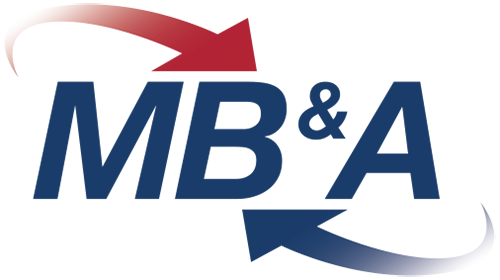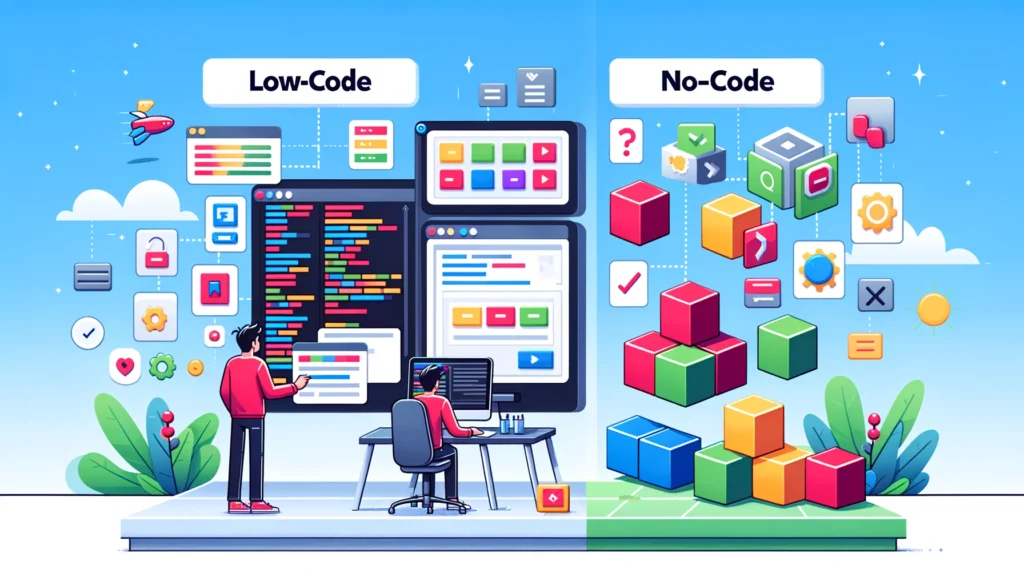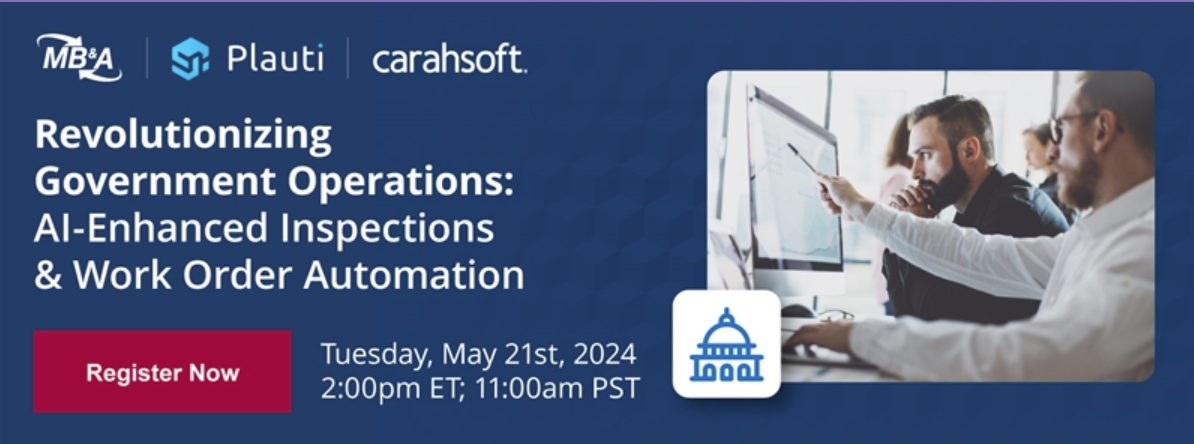Introduction
At the recent Government Innovation Exchange sponsored by Public Sector Network and Carahsoft, leaders from the public sector gathered not just to discuss digital transformation, but to dive into the emerging realm of low-code/no-code technologies and customer experience. Originally slated as a discussion on broader digital trends, the conversation quickly zeroed in on these accessible tech tools, change management, and the growing role of governance in driving sustainable technology innovations across the federal government.
Defining Low-Code/No-Code
The discussion kicked off with a straightforward question: What is low-code/no-code? The responses underscored a significant shift in perception. For many at the table, low-code/no-code platforms have become a fundamental expectation—a baseline for modern digital tools. These platforms such as Salesforce, Microsoft Dynamics, and Drupal enable users to create applications using graphical interfaces instead of traditional coding, streamlining software development and enabling faster, more agile responses to public needs.
Has low-code/no-code technology become as expected as reports, dashboards, search, and the share button?
The consensus seemed to be yes.
Ultimately, the definition of low-code/no-code can vary depending on your specific situation and needs. And that’s okay. But in the public sector space, we see some fairly consistent themes emerging: Low-code/no-code platforms provide graphical user interfaces and visual modeling tools that allow users to create applications without the need for traditional coding. They abstract away much of the complexity of software development, enabling a wider range of people to build digital solutions. Low-code/no-code platforms make application development more accessible, more agile, and more responsive to the unique and rapidly evolving needs of public sector organizations and the citizens they serve.
(Download the Low-Code/No-Code Pro-Con Conversation Primer)
Challenges and Opportunities
As the discussion evolved, attendees shared personal anecdotes about their use of low-code/no-code tools, revealing a spectrum of experiences. Some teams were unaware they were even using such tools, while others had fully embraced them. This led to an unexpected yet critical question:
What matters more, the process or the technology?
This opened a Pandora’s box of issues related to technology adoption within government processes. Many processes have morphed to accommodate technology, often resulting in hybrid “Frankenstein” systems. Despite the challenges, the group agreed that while process often takes precedence, technology is indispensable in enhancing these processes.
“A lot of tools are frankensteined from existing applications”
“Low-code/No-code doesn’t mean no control…in fact, in technologies like ours, we pride ourselves in empowering agency/client staff on how to do pretty significant configurations on their own…and those can be done by tech or business staff … if they allow it. This is especially important for orgs that want to control downstream costs.”
– Alex Morrison, COO, MB&A
Change Management: A Central Theme
The most vigorous part of the discussion centered around change management. Participants from various governmental levels shared their struggles with organizational inertia and the challenge of securing buy-in for new technologies. Despite these hurdles, there was a unanimous agreement: embracing low-code/no-code technologies is crucial for digital transformation, though integrating them remains a slow-moving process due to governmental pacing.
It was agreed at both sessions that change is hard and that almost everyone had experienced a failed transformation resulting in a realization that most of their failed digital transformation projects would have benefited by introducing outside technology experts earlier in the process to help either drive change management internally or force it through external influence.
Where is going next
Looking ahead, participants categorized the benefits of low-code/no-code technologies into several key areas:
- Compliance: Adapting swiftly to new legislations and citizen demands.
- Program-Level Innovation: Enhancing responsiveness and continuous improvement.
- Reporting: Utilizing low-code/no-code solutions for more efficient data handling.
- Voice of the Customer: Improving communication and automation processes.
A late addition to these categories, Education, emphasized the importance of continuous learning about new technologies and sharing best practices within government circles.
If you want to see where you and your company are at for digital modernization take our quiz and get your custom report.
Conclusion
The roundtables at the Government Innovation Exchange, facilitated by Alex Morrison of MB&A, revealed a clear picture: while the public sector may not change quickly, it is earnestly seeking efficiencies to enhance customer experiences and the services they provide. By embracing low-code/no-code technologies, government departments are striving to keep pace with digital transformation and fundamentally improve how they serve their missions and the American people. Through shared experiences, specific use cases, and continued dialogue about challenges and opportunities, government leaders are setting the stage for a more responsive and efficient government of tomorrow.
This post is a synopsis taken from our round table discussions that included government and other government contractors at the “Government Innovation Exchange: Empowering Public Sector Solutions” from Tuesday, April 9, 2024 the round table topic was titled “Digital Transformation, Low Code/No Code, Sustainable Technology Innovations” Hosted by Alex Morrison, Hunter Cronier, Carly Driscoll by MB&A.
Many thanks to the team at Carahsoft and Public Sector Networks for making this event and round table possible.





